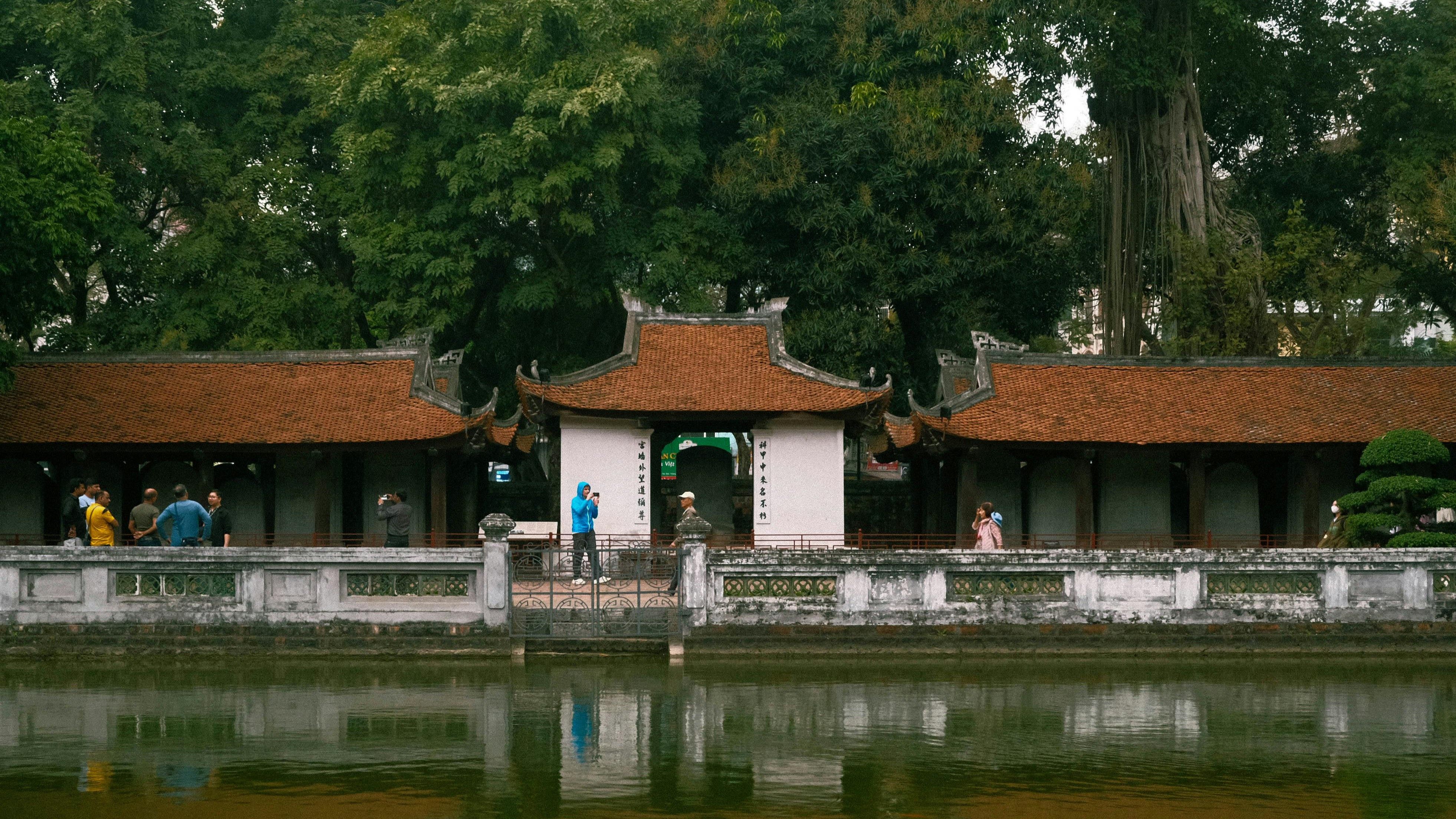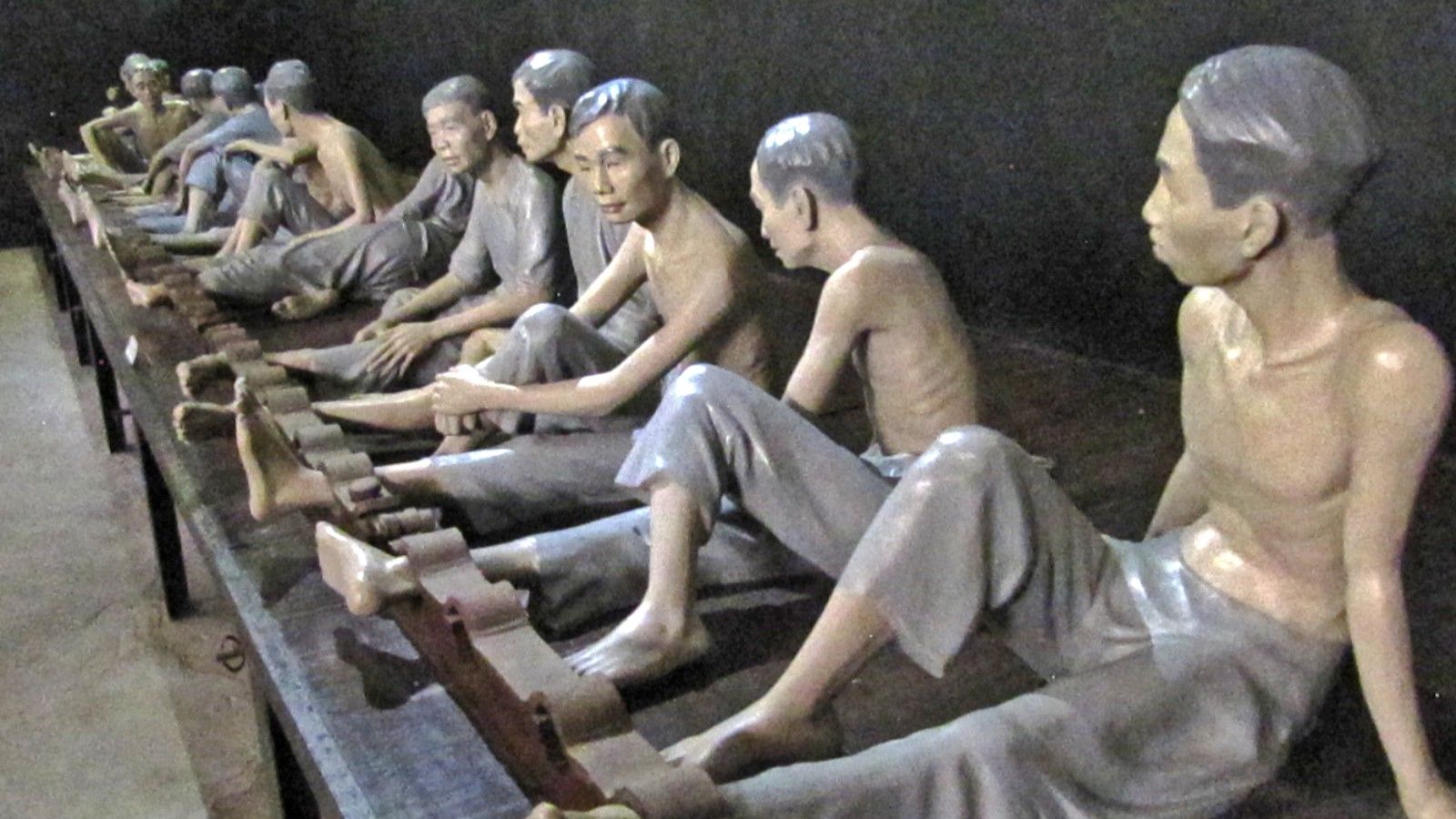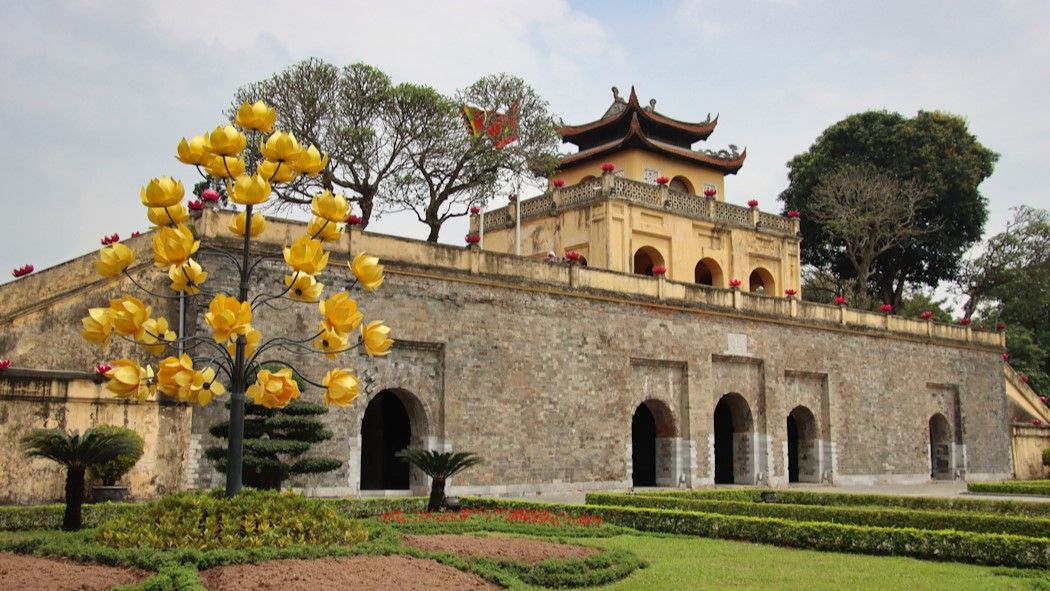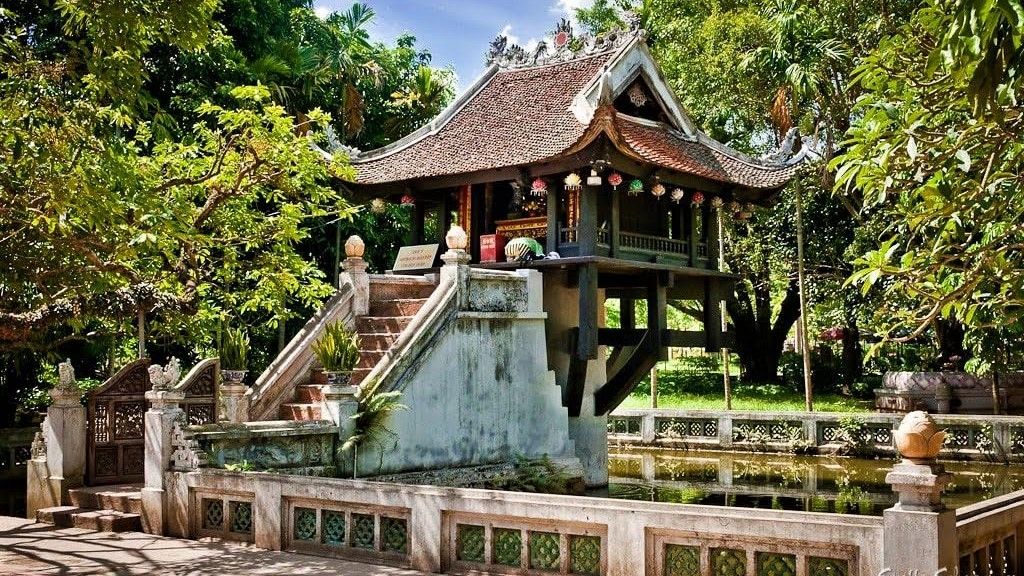
Top Historical Sites to Visit in Hanoi
Hanoi, the capital of Vietnam, is a city rich in history, culture, and tradition. For travelers eager to delve into the past, Hanoi offers a wealth of historical sites that reveal the city’s unique blend of influences and its journey through time. From ancient temples to colonial architecture, here are some must-visit historical sites in Hanoi.
The Temple of Literature

The Temple of Literature, also known as Văn Miếu, is one of Hanoi’s most significant historical landmarks. Established in 1070, it was originally built as a university dedicated to Confucius. The site is a stunning example of traditional Vietnamese architecture and is a peaceful oasis in the heart of the bustling city. Visitors can explore the various courtyards, pavilions, and statues dedicated to scholars of the past. The temple is also a symbol of Vietnam’s rich educational heritage, making it a must-see for history enthusiasts.
Ho Chi Minh Mausoleum

The Ho Chi Minh Mausoleum is an iconic site in Hanoi, housing the preserved body of Vietnam’s revolutionary leader, Ho Chi Minh. This imposing structure, located in Ba Dinh Square, is where Ho Chi Minh read the Declaration of Independence in 1945. The mausoleum is an important pilgrimage site for Vietnamese people and provides visitors with a deep insight into the country’s modern history. The solemn atmosphere of the mausoleum and its surrounding gardens makes it a poignant place to reflect on Vietnam’s turbulent past.
Hoa Lo Prison

Known colloquially as the “Hanoi Hilton,” Hoa Lo Prison is a historical site with a haunting past. Originally built by the French to house Vietnamese political prisoners, it later became infamous during the Vietnam War for holding American POWs. Today, the prison has been transformed into a museum, offering a glimpse into the harsh conditions endured by its inmates. Exhibits include original prison cells, artifacts, and detailed accounts of the lives of the prisoners. Hoa Lo Prison is a stark reminder of the struggles faced during Vietnam’s fight for independence.
The Imperial Citadel of Thang Long

The Imperial Citadel of Thang Long is a UNESCO World Heritage site that stands as a testament to Hanoi’s long and storied history. This ancient site served as the political center of Vietnam for over a millennium and is home to numerous archaeological treasures. Visitors can explore the ruins of ancient palaces, temples, and relics that date back to the 7th century. The site also features a flag tower and a bunker from the Vietnam War era, making it a fascinating destination for those interested in both ancient and modern history.
One Pillar Pagoda

The One Pillar Pagoda, built in 1049, is one of Vietnam’s most iconic temples. This small, yet significant structure is perched on a single stone pillar in the middle of a lotus pond. The pagoda’s design is said to represent a lotus blossom, a symbol of purity in Buddhism. The original pagoda was destroyed during the French colonial period, but it was later rebuilt and remains a popular site for both locals and tourists. Visiting the One Pillar Pagoda offers a unique insight into Hanoi’s spiritual heritage and its enduring architectural traditions.
Most of the places here are sacred. Here are some tips to help you show respect for Vietnamese culture.
Bonus: Halong Bay Cruise Tour
While exploring the rich history of Hanoi, don’t miss the chance to extend your journey to the stunning Halong Bay. A cruise through this UNESCO World Heritage site offers breathtaking views of limestone karsts, emerald waters, and hidden caves. It’s the perfect way to experience another side of Vietnam’s natural beauty, all while enjoying the comfort and luxury of a well-planned cruise tour. Check out our website for the best Halong Bay cruise options tailored just for you.